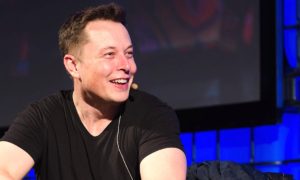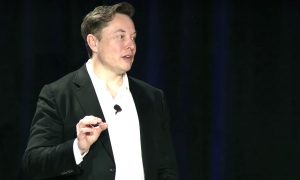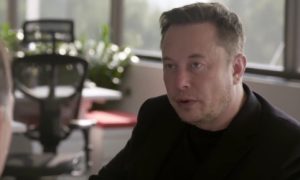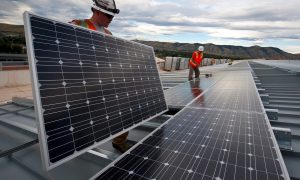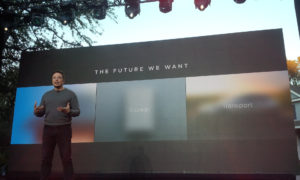News
Installing Solar Panels through SolarCity
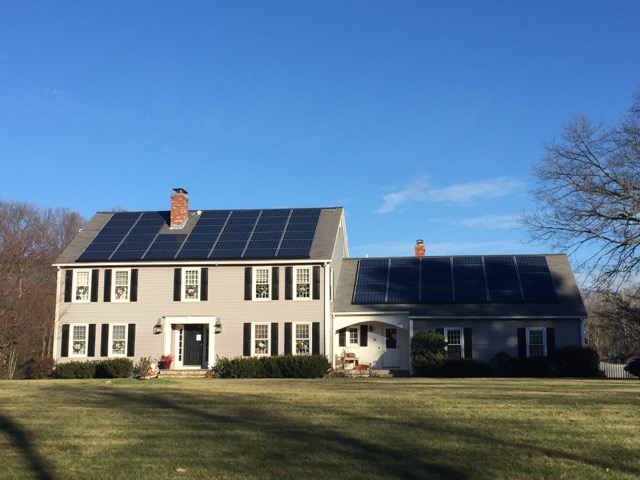
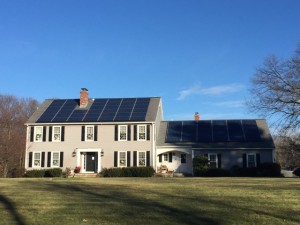 Shortly after placing my order for my Tesla Model S I started looking into installing a solar panel system at home as a way to offset the soon-to-be increased electricity bill. My research turned me to a SolarCity system which I ended up signing up with in April of 2014.
Shortly after placing my order for my Tesla Model S I started looking into installing a solar panel system at home as a way to offset the soon-to-be increased electricity bill. My research turned me to a SolarCity system which I ended up signing up with in April of 2014.
After a number of scoping, design, and utility company challenges the day finally came for installation.
Sizing the Job
While I had originally hoped for a much larger system, the system that was installed was still large by most people’s standards. The final design called for 70 panels, each capable of generating 255W for a total of 17.8 kW and an annual expected output of 18,611 kWh.
To put that into perspective, my Model S uses an average of 775 kWh (as measured through a digital submeter) or approximately 2,400 miles. That usage will climb a bit for the winter months, but I still intend to use about 9,300 kWh per year for my Model S which equates to 50% of my expected solar generation capacity.
What this means is that I’ll be driving my Model S on 100% solar generated energy and still have solar energy to spare to offset my normal electric costs.
Many installations are half this size or smaller due to a number of constraints. Because of the size of this job, SolarCity booked 2 days for the install and sent a crew of about 8 to do the work.
Scheduling
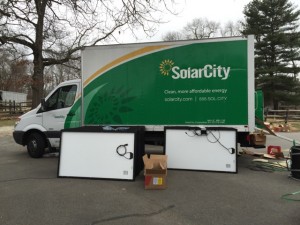 It was a bit nerve wracking waiting for the project to begin 8 months after my April sign up date. This put us smack dab in the middle of winter for a December 8th install in New England. We’ve had snow and ice storms along the way which made me more skeptical that the install would ever take place.
It was a bit nerve wracking waiting for the project to begin 8 months after my April sign up date. This put us smack dab in the middle of winter for a December 8th install in New England. We’ve had snow and ice storms along the way which made me more skeptical that the install would ever take place.
I’m happy to report that the entire SolarCity team in charge of the project arrived on the scheduled date. They were late due to leftover work at a different site, but they turned up despite the wet weather, 30 degree temperature and got right to work. It was immediately evident that this crew knew what they were doing and it was just another day on the job despite the magnitude of the install.
Solar Panel Installation
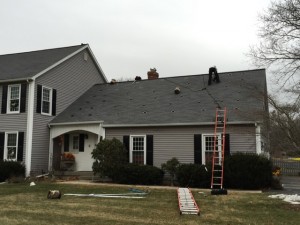 The first order of business was to tape off and secure the area from foot traffic. Anchors are attached to the roof which the crew secured their safety harnesses to.
The first order of business was to tape off and secure the area from foot traffic. Anchors are attached to the roof which the crew secured their safety harnesses to.
Once the precautionary safety measures were in place, the crew began setting up dozens of anchor points across the roof surfaces later to be used as mounting points for the solar panels. That part took most of the first day.
By the end of the first day they had managed to install solar panels on the smaller of the 2 roof lines and had most of the anchors ready on the larger roof line.
Weather Proof Guarantee
A Noreaster hit right in the middle of the week so installation was postponed. To make matter worse, all of the heavy rain and cold weather ended up icing over the roof. I crawled into both attics below each roof to ensure that all of the nails and anchors on the roof didn’t create a leak and was relieved to find that everything was totally dry.
SolarCity guarantees a leak-free installation so it was great to be able to validate that even after torrential rains.
The crew returned on the third day despite the rain and proceeded to work a full day in extremely cold weather and light rain.
Uh oh, Design Challenges
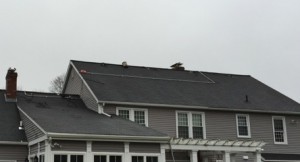 Two different design issues were uncovered during the solar panel installation. The first of which was related to a misjudgment on the number of solar panels that would fit. Designers back at corporate had mapped out 70 panels for the roof, but one of the panels would not fit behind the chimney. The crew offered to stick it somewhere else, but we declined as it would have been asymmetrical anywhere else and the aesthetics would not have been good. So we ended up with a total of 69 panels and a slight decrease in target generation capacity.
Two different design issues were uncovered during the solar panel installation. The first of which was related to a misjudgment on the number of solar panels that would fit. Designers back at corporate had mapped out 70 panels for the roof, but one of the panels would not fit behind the chimney. The crew offered to stick it somewhere else, but we declined as it would have been asymmetrical anywhere else and the aesthetics would not have been good. So we ended up with a total of 69 panels and a slight decrease in target generation capacity.
The second issue was identified on the third day. While the entire install was on the front of the house (thanks to National Grid), they had a pipe running in the middle of the roof on the rear of the house which looked stupid and unnecessary.
I spoke to them about it and they cheerfully redesigned and relocated the entire pipe. In the rain. In 30 degree weather. On top of the house. The install team took our concerns seriously and took care of the problem.
The Final Touches
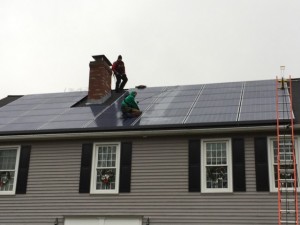 After lugging the panels up all day (each panel weighs about 45 pounds) and mounting them, they took the time to level each of them so they were completely flat.
After lugging the panels up all day (each panel weighs about 45 pounds) and mounting them, they took the time to level each of them so they were completely flat.
At one point a single panel in the middle of the lot was a bit out of place (not perfect) so one of the guys had to slide down the wet, cold, glass on his knees (getting soaked in the process), 30 feet above ground with just a line to keep him safe just to adjust the angle slightly. Those installers are hard core!
Electric Connection
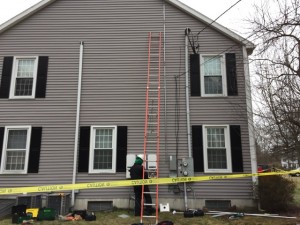 I was surprised that SolarCity needed no access to the house (other than for bathroom breaks) to do the job. The entire connection for my house was on the outside. They needed to cut the power for about 45 minutes to connect into the mains but otherwise there was very little disruption.
I was surprised that SolarCity needed no access to the house (other than for bathroom breaks) to do the job. The entire connection for my house was on the outside. They needed to cut the power for about 45 minutes to connect into the mains but otherwise there was very little disruption.
The size of the installation required 3 inverters which they placed on the side of the house.
Next Steps
The process leading up to the install (3 part series) was frustrating and error-prone between the reluctant power company and the mistakes made by the out-of-touch engineers back at SolarCity corporate. But SolarCity’s installation team was nothing but first class, all the way. They knew their stuff, were very safety conscious and worked through some harsh conditions to get the job done, and done well. They restored my confidence in the decision I made and I’m confident again that things are going to work out well.
Now that the system is installed and ready to go we need to have the inspections done. SolarCity coordinates it all, but there’s a building inspection, an electrical inspection and then an inspection by the power company. Once all passes (in about 3-4 weeks) we’re given the green light to flip the switches and start putting that free energy from the sun to good use.
Elon Musk
Tesla doubles down on Robotaxi launch date, putting a big bet on its timeline
Tesla continues to double down on its June goal to launch the Robotaxi ride-hailing platform.
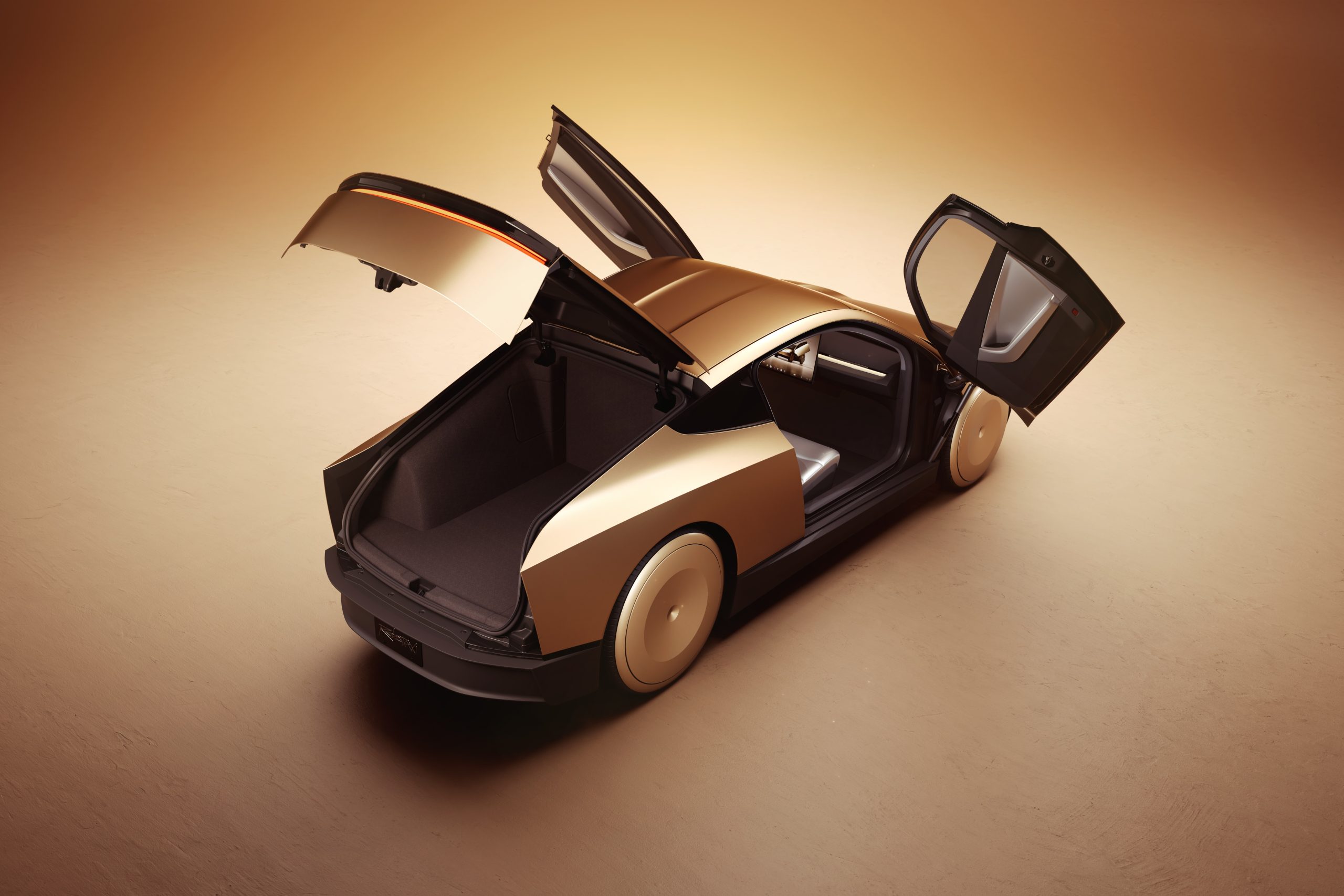
Tesla has doubled down on its potential launch date for the Robotaxi ride-hailing platform, which will utilize the Cybercab and other vehicles in its lineup to offer driverless rides in Austin, Texas.
Tesla said earlier this year that it was in talks with the City of Austin to launch its first Robotaxi rides, and it planned to launch the platform in June.
This has been a widely discussed timeline in the community, with some confident in the company’s ability to offer it based on the progress of the Full Self-Driving suite.
However, others are skeptical of it based on Tesla’s history of meeting timelines, especially regarding its rollout of FSD.
Nevertheless, Tesla was asked when it would be able to offer Robotaxi rides and where, and it clearly is not backing down from that June date:
In Austin, 🔜
— Tesla (@Tesla) April 18, 2025
It is getting to a point where Tesla is showing incredible confidence regarding the rollout of the Robotaxi in June. We have not seen this kind of reiteration regarding the rollout of something regarding autonomy from Tesla at any point in the past.
CEO Elon Musk has even been increasingly confident that Tesla will meet its target. Earlier this week, he said the vehicles will be able to roll off production lines and drive themselves straight to a customer’s house:
Elon Musk continues to push optimistic goal for Tesla Full Self-Driving
There could be some discussion of an acceptable grace period, as the timeline for the Robotaxi rollout could still be considered a success, even if it were a month or two late. However, if it were pushed back further into 2025 or even 2026, skepticism regarding these timelines would continue to persist.
As of right now, it seems Tesla is extremely confident it will meet its goal.
Elon Musk
Tesla Semi fleet from Frito-Lay gets more charging at Bakersfield factory
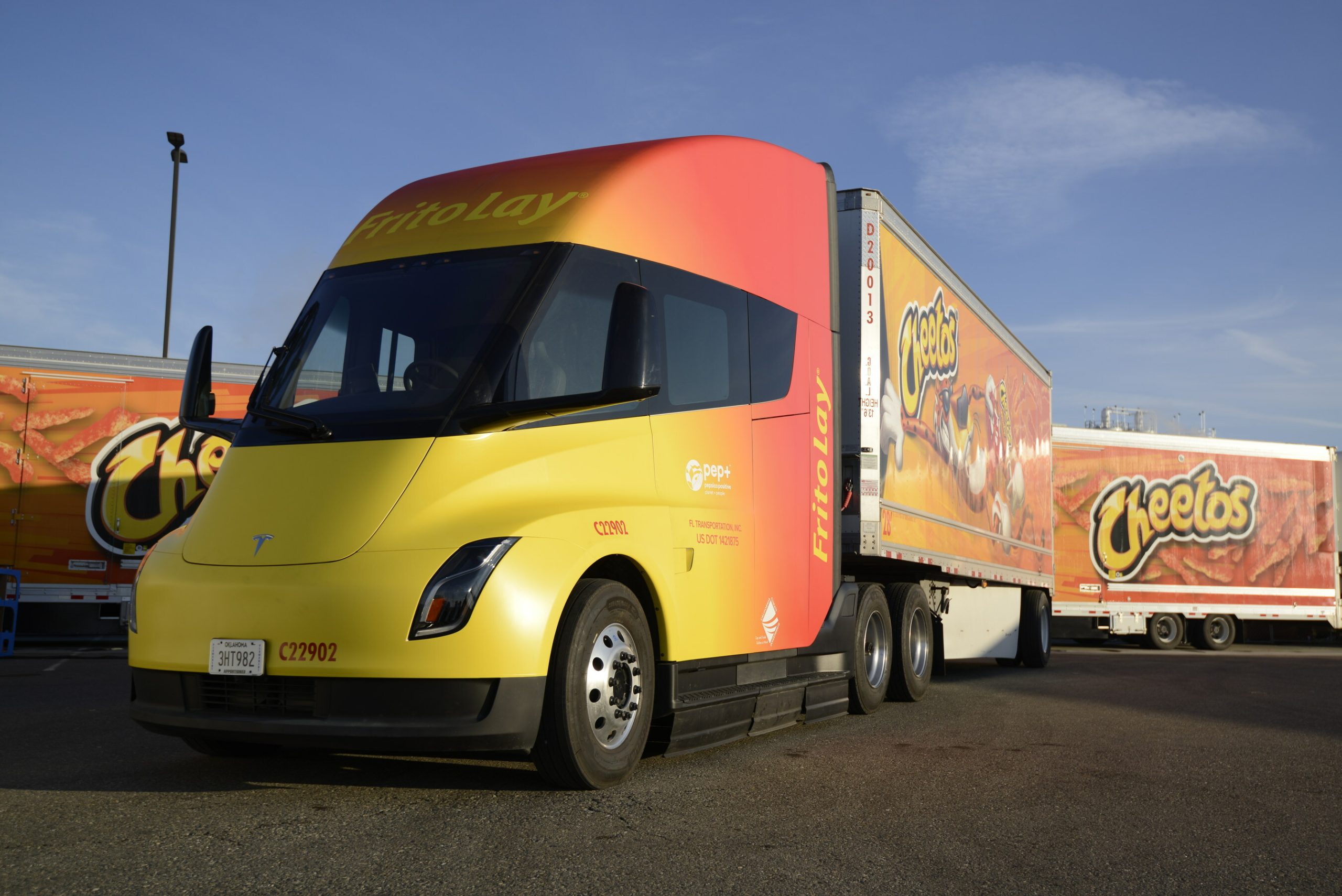
Among the several companies that have had the opportunity to add Tesla Semi all-electric Class 8 trucks to their fleets earlier than others, the most notable is arguably Frito-Lay, which has utilized the vehicle for a couple of years now.
However, as their fleet is making more local runs and there are undoubtedly plans to expand to more Semi units, the company has recognized it needs additional Megachargers to give juice to their trucks.
As a result, Frit-Lay decided to build more chargers at their Bakersfield, California facility, according to new permits filed by Tesla:
🚨 Frito-Lay is building an 8-stall Megacharger array at its factory in Bakersfield, California https://t.co/qARfJjogXF pic.twitter.com/gvorIVxsoc
— TESLARATI (@Teslarati) April 18, 2025
There are already chargers at the company’s Modesto, California, factory, but Bakersfield is roughly three hours south of Modesto.
Interestingly, Tesla is calling the chargers “Semi Chargers” in the filing, potentially hinting that it is no longer referring to them as “Megachargers,” as they have been in the past. This is a relatively minor detail, but it is worth taking note of.
In 2022, Frito-Lay began installing these chargers in preparation for the Semi to become one of the company’s main logistics tools for deliveries in California and surrounding states.
Frito-Lay is not the only company that has chosen to utilize the Tesla Semi for these early “pilot” runs. PepsiCo has also been a company that has used the Semi very publicly over the past two years.
Additionally, the Tesla Semi participated in the Run on Less EV trucking study back in late 2023, where it managed to complete a 1,000-mile run in a single day:
Tesla Semi logs 1,000-mile day in Run on Less EV trucking study
Tesla is planning to ramp production of the Semi late this year. On the Q4 2024 Earnings Call, VP of Vehicle Engineering Lars Moravy said the company would be focusing on the first builds of the Semi’s high-volume design late this year before ramping production in the early portion of 2026:
“We just closed out the Semi factory roof and walls last week in Reno, a schedule which is great with the weather. In Reno, you never know what’s going to happen. But we’re prepping for mechanical installation of all the equipment in the coming months. The first builds of the high-volume Semi design will come late this year in 2025 and begin ramping early in 2026.”
Tesla will build these units at a new Semi production facility located in Reno near its Gigafactory. The company is getting closer to finishing construction, as a drone video from this morning showed the facility is coming along at a good pace:
🚨Tesla Semi factory progress update: pic.twitter.com/dlzIjKwfT3
— TESLARATI (@Teslarati) April 18, 2025
News
Tesla Cybercab no longer using chase vehicles in Giga Texas
Elon Musk expects Tesla to produce about 2 million Cybercab units per year.
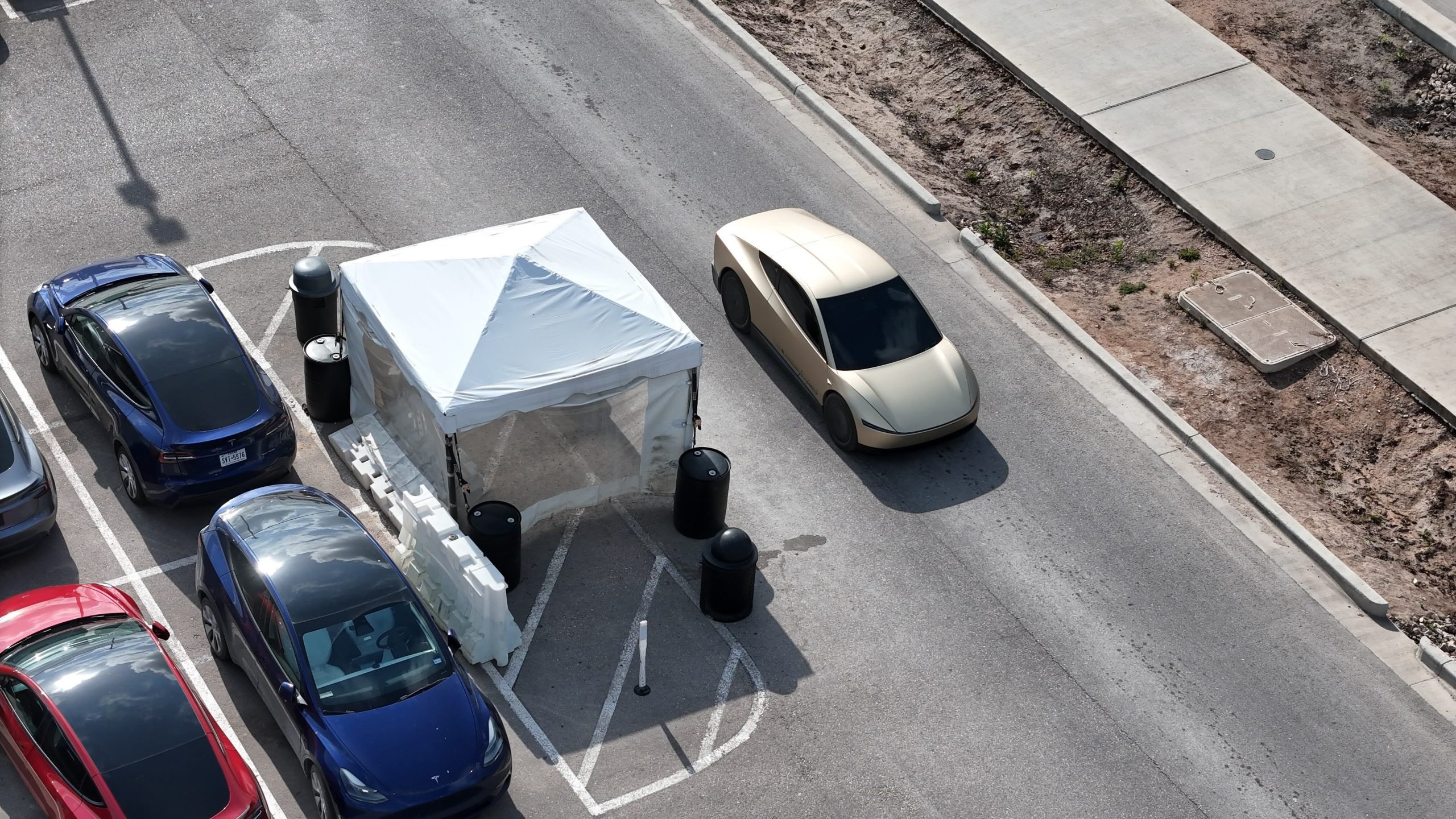
The Tesla Cybercab is the company’s first vehicle that is designed solely for autonomous driving. And while the spacious two-seater is expected to start volume production in 2026, the vehicle’s development seems to be moving at a steady pace.
This was hinted at in recent images taken by a longtime Tesla watcher at the Giga Texas complex.
Tesla Cybercab Production
The Cybercab will likely be Tesla’s highest volume vehicle, with CEO Elon Musk stating during the company’s Q1 2025 All-Hands meeting that the robotaxi’s production line will resemble a high-speed consumer electronics line. Part of this is due to Tesla’s unboxed process, which should make the Cybercab easy to produce.
Elon Musk expects Tesla to produce about 2 million Cybercabs per year. And while the vehicle is expected to see volume production at Giga Texas next year, the CEO noted that the vehicle will be manufactured in more than one facility when it is fully ramped.
No More Chase Cars
While the Cybercab is not yet being produced, Tesla is evidently busy testing the vehicle’s fully autonomous driving system. This could be hinted at by the Cybercabs that have been spotted around the Giga Texas complex over the past months. Following last year’s We, Robot event, drone operators such as longtime Tesla watcher Joe Tegtmeyer have spotted Cybercabs being tested around the Giga Texas complex.
At the time, videos from Giga Texas showed that the driverless Cybercabs were always accompanied by a manually driven Model 3 validation chase car. This was understandable considering that the Giga Texas complex features pedestrians, other cars, and construction areas. As per the drone operator in a recent post on social media platform X, however, Tesla seems to have stopped using chase cars for its Cybercab tests a few weeks ago.
Aggressive Tints
The reasons behind this alleged update are up for speculation, though it would not be surprising if the Cybercab’s autonomous driving system could now safely navigate the Gigafactory Texas complex on its own. Interestingly enough, the Cybercabs that were recently photographed by the drone operator featured very aggressive tint, making it almost impossible to make out the interior of the robotaxi.
This is quite interesting as other Cybercabs that have been spotted around Giga Texas were only equipped with semi-dark tints. One such vehicle that was spotted in February was even speculated to be fitted with an apparent steering wheel.
-
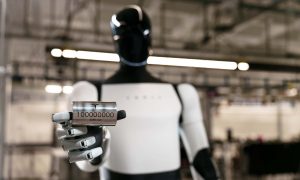
 News2 weeks ago
News2 weeks agoTesla celebrates key milestone for 4680 battery cell production cost
-

 News2 weeks ago
News2 weeks agoI took a Tesla new Model Y Demo Drive – Here’s what I learned
-
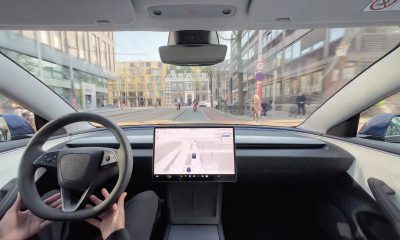
 News2 weeks ago
News2 weeks agoTesla Europe shares FSD test video weeks ahead of launch target
-
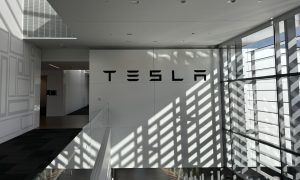
 News2 weeks ago
News2 weeks agoThis Tesla executive is leaving the company after over 12 years
-
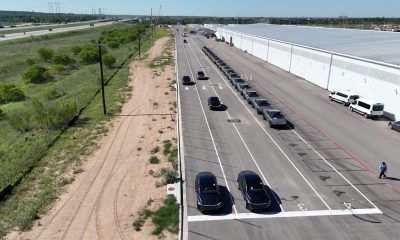
 News2 weeks ago
News2 weeks agoTesla’s Giga Texas vehicles now drive themselves to outbound lot
-
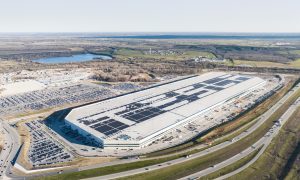
 News2 weeks ago
News2 weeks agoTesla’s ecological paradise near Giga Texas takes shape
-
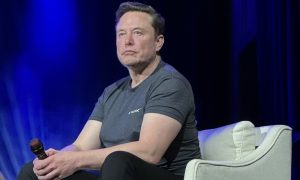
 News2 weeks ago
News2 weeks agoElon Musk and top Trump trade advisor Peter Navarro lock horns over tariffs
-
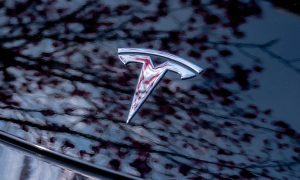
 News2 weeks ago
News2 weeks agoTesla bull lowers price target citing ‘brand crisis’

